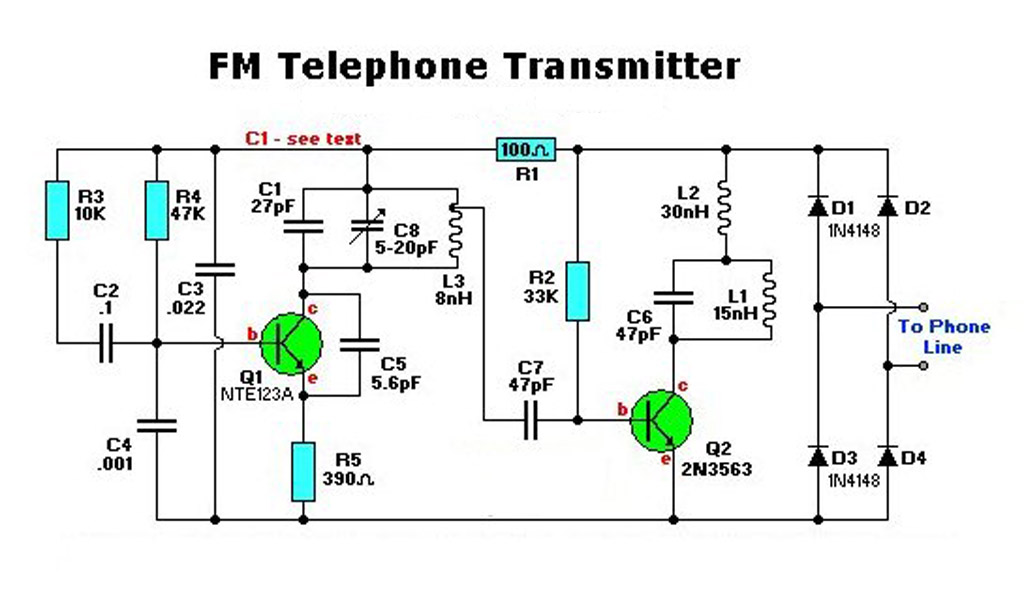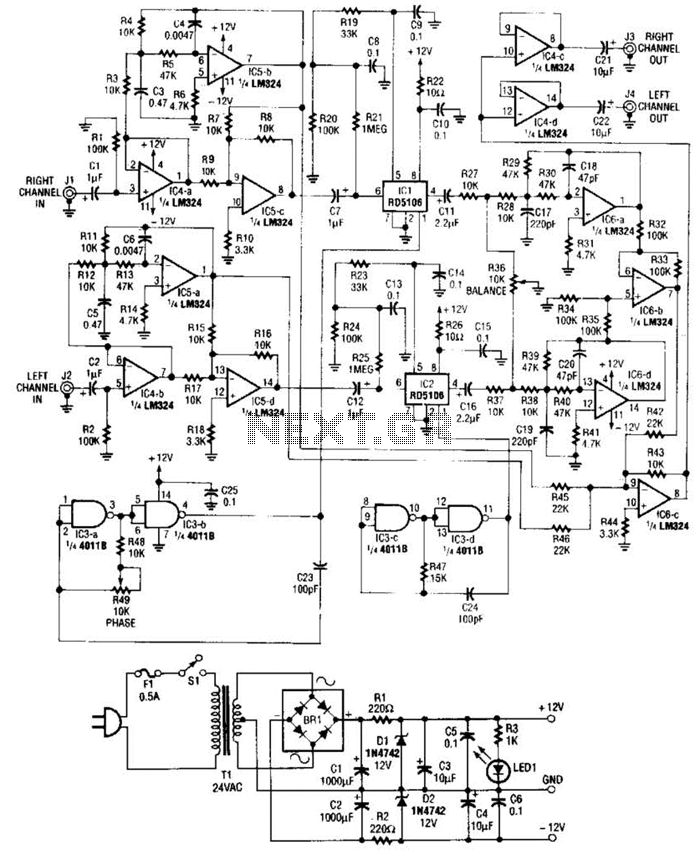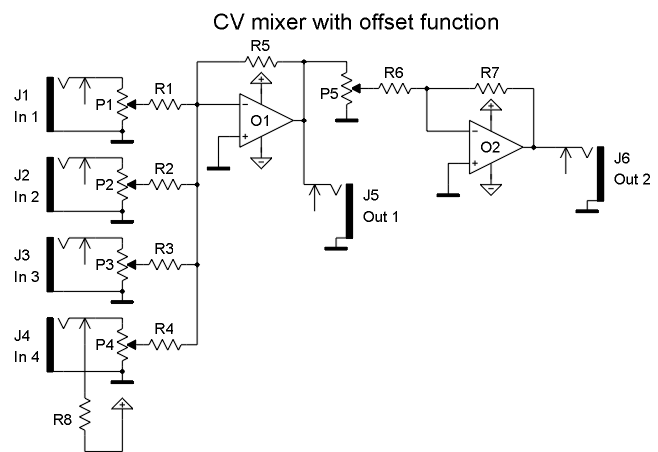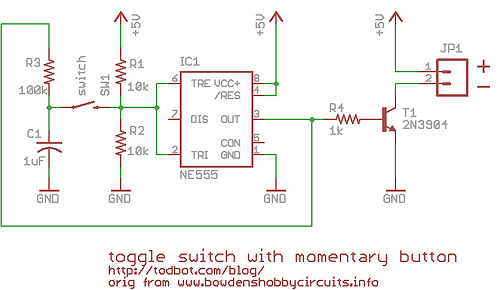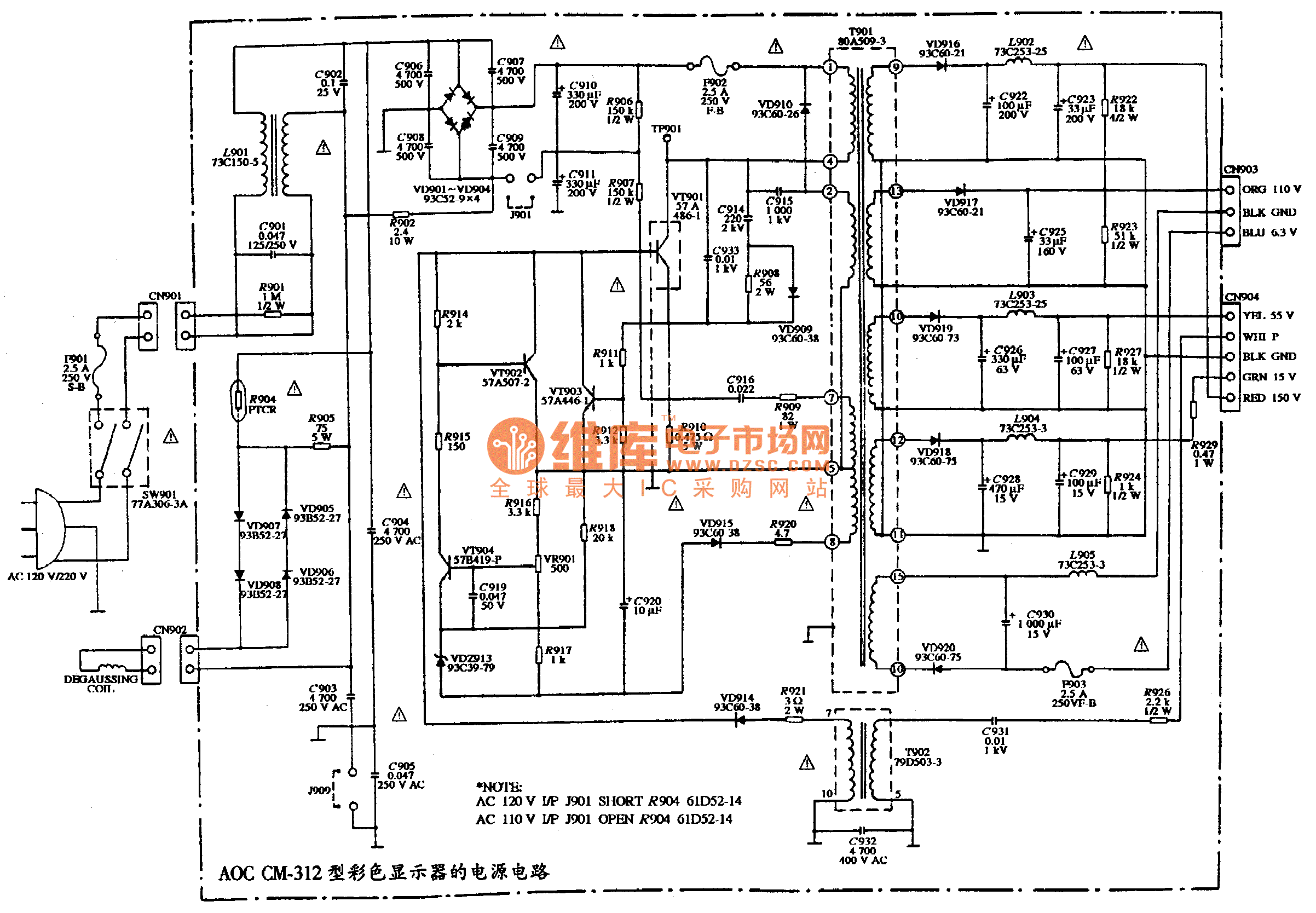
Subwoofer Filter Circuit Using Op-Amp TL072
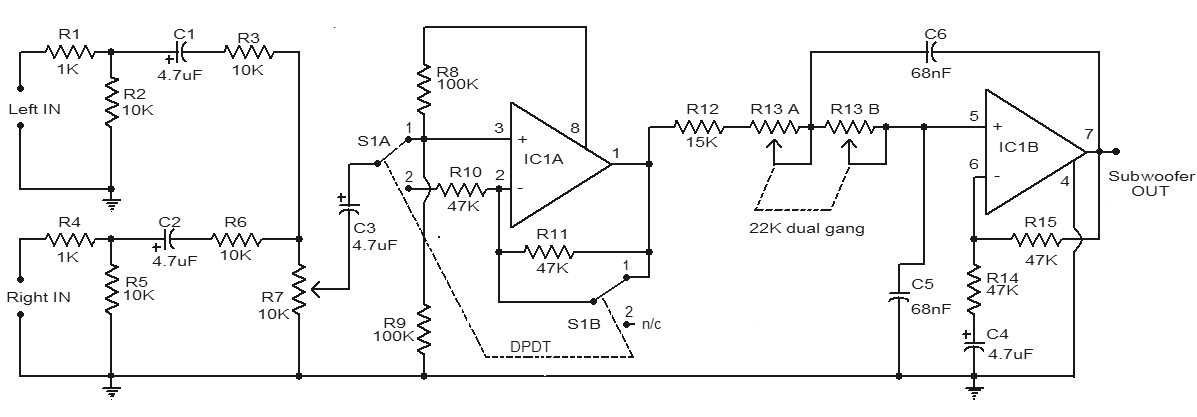
This is a simple subwoofer filter circuit that can be powered by a 12V DC source. It is particularly useful in automotive applications for subwoofers. The circuit functions as a low-pass filter, with a pass frequency adjustable between 60 Hz to 160 Hz. The circuit is constructed around the TL072 dual operational amplifier integrated circuit (IC). Within this chip, IC1A operates as a buffer. The mixed left and right audio inputs are connected to the input of IC1A via a double-pole double-throw (DPDT) switch, S1. This switch acts as a phase control, allowing the subwoofer to be synchronized with other speakers. When S1 is in position 2, a 180-degree phase shift is introduced. The potentiometer R7 is used to control the audio level, while IC1B is responsible for forming the low-pass filter, with its pass frequency adjustable by the dual-gang potentiometer R13.
The subwoofer filter circuit is designed to enhance the audio experience in automotive environments by ensuring that low-frequency signals are accurately passed to the subwoofer, while higher frequencies are attenuated. The use of the TL072 op-amp is advantageous due to its low noise and high-speed operation, making it suitable for audio applications.
The configuration of the circuit begins with the audio signal input, which is fed into the DPDT switch S1. This switch allows the user to select between two different phase options for the subwoofer, ensuring that the sound waves from the subwoofer and the main speakers are coherent, thus enhancing sound quality. The buffer stage provided by IC1A isolates the input signal from the subsequent filtering stage, preventing loading effects that could distort the audio signal.
The low-pass filter functionality is achieved through IC1B, which is configured to allow frequencies below a predetermined cutoff frequency to pass while attenuating frequencies above this threshold. The cutoff frequency is determined by the values of the components used, particularly the dual-gang potentiometer R13, which allows for fine-tuning of the filter's response. This adjustability is crucial for optimizing the performance of the subwoofer in different acoustic environments.
Additionally, the level control potentiometer R7 provides the ability to adjust the output level of the filtered audio signal, allowing for integration with other audio components in the system without distortion or clipping. The overall design of this subwoofer filter circuit is aimed at achieving high fidelity and clarity in low-frequency sound reproduction, making it an essential component for automotive audio systems.Here is a simple subwoofer filter circuit that can be powered by a 12V DC. This circuit is very useful in automotive applications subwoofer. The circuit is a low pass filter whose pass frequency can be set between 60 to 160 Hz The circuit is built around the TL072 dual op amp IC BIFET. Of the two operational amplifiers inside the chip, IC1A is wir ed as a buffer. The left and right audio inputs after mixing is fed to the input of the IC1A using the DPDT switch S1. Switch S1 is the phase control switch which can be used to make the subwoofer in phase with other speakers.
When S1 is in position 2, 180 degree phase shift will be induced. POT R7 can be used for controlling the level. IC1B forms the low pass filter whose pass frequency can be controlled by adjusting the dual gang POT R13.
The subwoofer filter circuit is designed to enhance the audio experience in automotive environments by ensuring that low-frequency signals are accurately passed to the subwoofer, while higher frequencies are attenuated. The use of the TL072 op-amp is advantageous due to its low noise and high-speed operation, making it suitable for audio applications.
The configuration of the circuit begins with the audio signal input, which is fed into the DPDT switch S1. This switch allows the user to select between two different phase options for the subwoofer, ensuring that the sound waves from the subwoofer and the main speakers are coherent, thus enhancing sound quality. The buffer stage provided by IC1A isolates the input signal from the subsequent filtering stage, preventing loading effects that could distort the audio signal.
The low-pass filter functionality is achieved through IC1B, which is configured to allow frequencies below a predetermined cutoff frequency to pass while attenuating frequencies above this threshold. The cutoff frequency is determined by the values of the components used, particularly the dual-gang potentiometer R13, which allows for fine-tuning of the filter's response. This adjustability is crucial for optimizing the performance of the subwoofer in different acoustic environments.
Additionally, the level control potentiometer R7 provides the ability to adjust the output level of the filtered audio signal, allowing for integration with other audio components in the system without distortion or clipping. The overall design of this subwoofer filter circuit is aimed at achieving high fidelity and clarity in low-frequency sound reproduction, making it an essential component for automotive audio systems.Here is a simple subwoofer filter circuit that can be powered by a 12V DC. This circuit is very useful in automotive applications subwoofer. The circuit is a low pass filter whose pass frequency can be set between 60 to 160 Hz The circuit is built around the TL072 dual op amp IC BIFET. Of the two operational amplifiers inside the chip, IC1A is wir ed as a buffer. The left and right audio inputs after mixing is fed to the input of the IC1A using the DPDT switch S1. Switch S1 is the phase control switch which can be used to make the subwoofer in phase with other speakers.
When S1 is in position 2, 180 degree phase shift will be induced. POT R7 can be used for controlling the level. IC1B forms the low pass filter whose pass frequency can be controlled by adjusting the dual gang POT R13.

